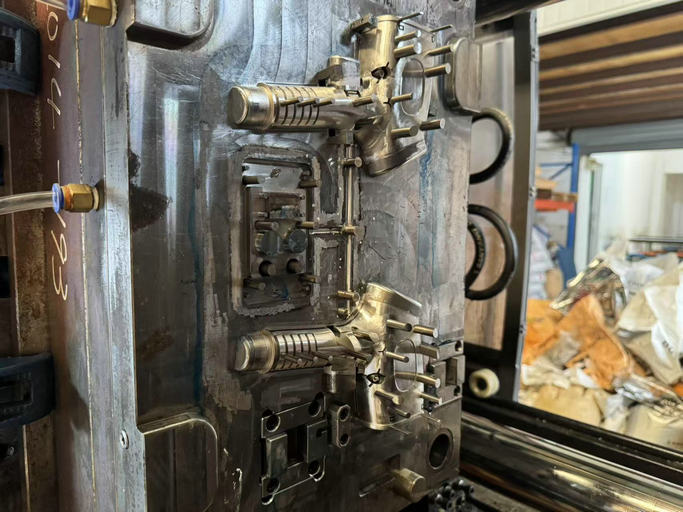Why precision injection molding is difficult? (Automobiles & Vehicles - Auto Parts & Services)

USAOnlineClassifieds > Automobiles & Vehicles > Auto Parts & Services
Item ID 2973256 in Category: Automobiles & Vehicles - Auto Parts & Services
Why precision injection molding is difficult? | |
Why precision injection molding is difficult? Precision injection molding is challenging due to several factors that require meticulous control and optimization. Here are the key reasons: 1. Tight Tolerances Precision molding demands extremely tight dimensional tolerances, often in the micrometer range. Achieving this requires precise control over every aspect of the process, including material behavior, mold design, and machine operation. 2. Material Variability Plastic materials can exhibit variations in properties such as shrinkage, viscosity, and thermal stability. Even small inconsistencies in material composition or moisture content can affect the final product's dimensions and quality. 3. Mold Design and Manufacturing The mold must be designed and machined with high precision to ensure accurate part dimensions. Any imperfections in the mold, such as uneven cooling channels or misaligned components, can lead to defects in the molded parts. 4. Process Control Precision molding requires precise control over process parameters such as temperature, pressure, injection speed, and cooling time. Even minor deviations can result in defects like warping, sink marks, or incomplete filling. 5. Thermal Management - Controlling the temperature of the mold and the molten plastic is critical. Uneven cooling can cause warping or residual stresses, while excessive heat can degrade the material or cause flash. 6. Part Complexity Complex geometries with thin walls, intricate features, or tight corners are harder to mold precisely. Ensuring uniform material flow and cooling in such parts is challenging. 7. Tooling Wear and Maintenance Over time, molds can wear out, leading to dimensional inaccuracies. Regular maintenance and monitoring are required to ensure consistent quality. 8. Environmental Factors Variations in ambient temperature and humidity can affect the molding process and material behavior, making it harder to maintain consistency. 9. Material Shrinkage Different materials shrink at different rates as they cool. Predicting and compensating for shrinkage accurately is essential but difficult, especially for high-precision parts. 10. Quality Assurance Ensuring consistent quality across large production runs requires rigorous inspection and testing, which can be time-consuming and costly. Solutions to Overcome Challenges: Advanced Mold Design: Use high-precision machining and simulation tools to optimize mold design. Process Monitoring: Implement real-time monitoring and feedback systems to control process parameters. Material Selection: Choose materials with consistent properties and low shrinkage rates. Automation: Use automated systems to reduce human error and improve consistency. Regular Maintenance: Maintain molds and equipment to prevent wear-related issues. By addressing these challenges through careful planning, advanced technology, and rigorous quality control, precision injection molding can be successfully achieved.  | |
| Related Link: Click here to visit item owner's website (1 hit) | |
| Target State: All States Target City : All Cities Last Update : Jun 04, 2025 10:38 PM Number of Views: 95 | Item Owner : injectionmoldchina Contact Email: Contact Phone: 021-52913487 |
| Friendly reminder: Click here to read some tips. | |
USAOnlineClassifieds > Automobiles & Vehicles > Auto Parts & Services
© 2025 USAOnlineClassifieds.com
USNetAds.com | GetJob.us | CANetAds.com | UKAdsList.com | AUNetAds.com | INNetAds.com | CNNetAds.com | Hot-Web-Ads.com
2025-10-13 (0.383 sec)